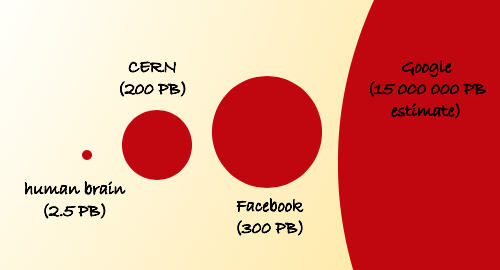In this week’s WimTeach, Miss Judith Parker, Head of Spanish, explores the positive impact of biophilic classrooms on students’ learning outcomes and wellbeing, and advocates for plants in every classroom.
A couple of years ago I decided to brighten up my classroom and office by bringing in some plants from home. Aside from the accidental watering of the inside of someone’s locker, the effects were remarkably positive. The introduction of plants not only enlivened previously drab spaces but also invigorated students and colleagues. Research studies, including a project led by one of our GDST schools, are revealing the hidden benefits of classroom plants.
Mindfulness and wellbeing
When I first brought plants into my classroom, students and colleagues expressed reverently how calm they felt upon entering the space. There are plenty of opportunities for mindful moments of appreciation with plants. We delight in the gradual unfurling of a new leaf or the surprise appearance of a new shoot. Research studies on the psychological impact of indoor plants have demonstrated that they improve mental wellbeing through suppressing the sympathetic nervous system and reducing blood pressure.[1] A study[2] on hospital patients noted the therapeutic benefit of indoor plants and recommended them as a low-cost, straightforward intervention to improve post-surgical recovery.
The benefits of biophilic classrooms
Specific studies into the impact of plants in classrooms have shown that they enhance students’ learning. ‘Biophilic’ classrooms, which are designed to connect students and teachers to nature, have a positive impact on focus and creativity. Putney High School has paved the way here with their 9-month study on the impact of biophilic classrooms. This led to a report[3] and exhibition of their designs and findings at this year’s Chelsea Flower Show. Their project is based on ‘The Flourish Model’ which aims to facilitate creativity through a tranquil environment. We are, of course, more likely to explore and innovate when we are feeling calm and safe, rather than anxious and stressed. Plants help us to get into that comfortable state. The report also demonstrates how better air quality from plants improves students’ concentration and engagement in lessons, as well as their emotional wellbeing.
“There are no gardening mistakes, only experiments” – Janet Kilburn Phillips
Plant care offers a new learning experience. It provides the opportunity to contribute towards a shared space through teamwork. There is a collective effort and pride in managing to keep plants at the very least alive, and ideally thriving.
I brought in several plants for my new tutor group in September. In typical WHS spirit, my wonderful Year 10s immediately embraced them with enthusiasm and affection. I returned for afternoon registration that same day to find that they had already added name labels to the pots. A consultation had taken place as to their ideal placement in the form room. Plant care brings out the nurturing instinct of our students, who earnestly confer about the optimum moisture level of the soil and in what parts of the room each species might be happiest. Our form’s ‘Head Gardeners’ take on their responsibility with the utmost diligence.
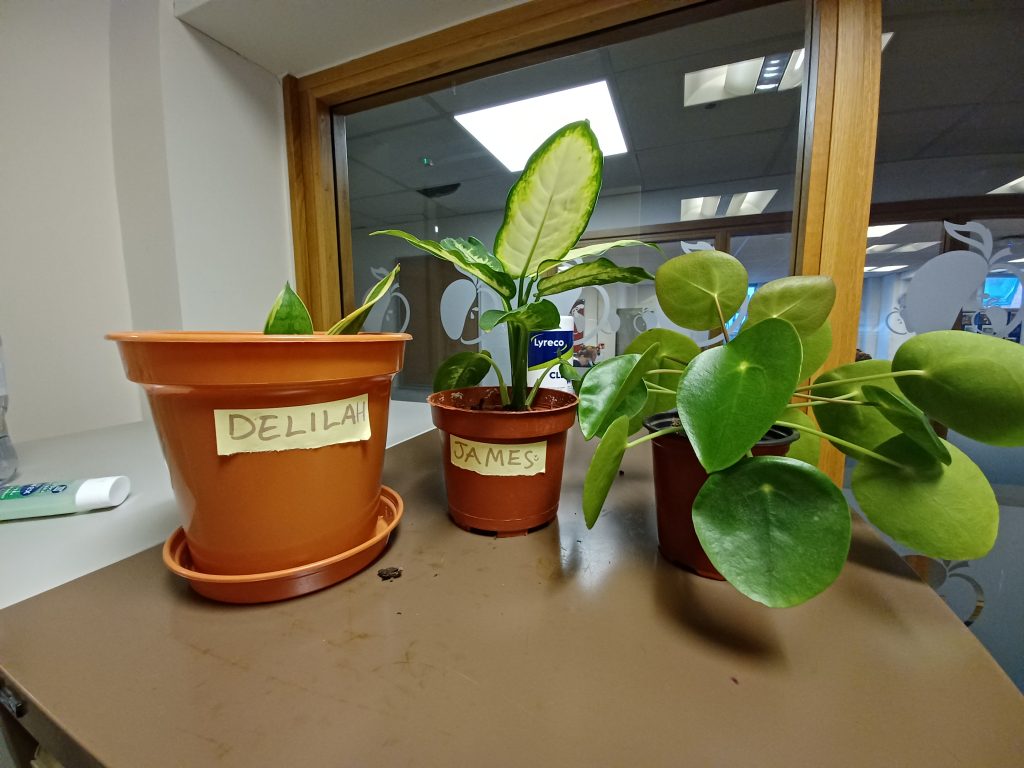
When faced with imminent school closure in the first lockdown, I entrusted my leafy collection to my students. Some had enthusiastically volunteered; others simply happened to pass through the MFL corridor and found themselves unexpectedly becoming surrogate plant parents. Email updates on my beloved plants, now scattered around students’ homes across London, punctuated the long months of lockdown and school closures. One student gently broke the news to me that a particular plant, despite her efforts, alas, had not survived the challenging times.
The plants of 10JIP have recently spent the half-term break in the homes of different form members, and several students are excited to bring in their own plants from home. Some students were hesitant about looking after plants as they had no experience in doing so, which is an even better reason to put them in charge. After all, at WHS we encourage students out of their comfort zone and towards experimentation, even in the face of potential failure.
Incorporating nature into our daily lives
For those of us living and working in congested and polluted urban areas, the sad reality is that we are spending very little time interacting with nature. We all want to be eco-friendly and care for our natural environment. However, we can easily spend consecutive days exclusively indoors and without any direct contact with the natural world. We need plants in our classrooms to maintain our connection with nature.
Plants make us happier, calmer and more creative. They should be an integral part of a classroom environment. At Wimbledon High, we are fortunate already to have a committed Eco Team, Blog and Gardening Club. Let’s bring plants within reach of all teachers and learners.
Top tips for introducing plants to the classroom:
- Start with the most resilient species, such as sansevieria (snake plant), spathiphyllum (peace lily) and chlorophytum comosum (spider plant).
- Make sure that there is a suitable spot for your chosen species, taking into account temperature, levels of light and humidity.
- Appoint one or two students to take the lead in plant care and establish a weekly routine of watering.
- Invite students to bring in their own plants.
[1]Lee, M. et al. (2015) Interaction with indoor plants may reduce psychological and physiological stress by suppressing autonomic nervous system activity in young adults: a randomized crossover study. https://www.ncbi.nlm.nih.gov/pmc/articles/PMC4419447/
[2] Park, S. and Mattson, H. (2009) Ornamental indoor plants in hospital rooms enhanced health outcomes of patients recovering from surgery. https://pubmed.ncbi.nlm.nih.gov/19715461/
[3] Bowman, C. et al. (2019) The Biophilic Classroom Study. https://317307-971812-raikfcquaxqncofqfm.stackpathdns.com/wp-content/uploads/2021/03/Biophilic-report-for-website-1.pdf

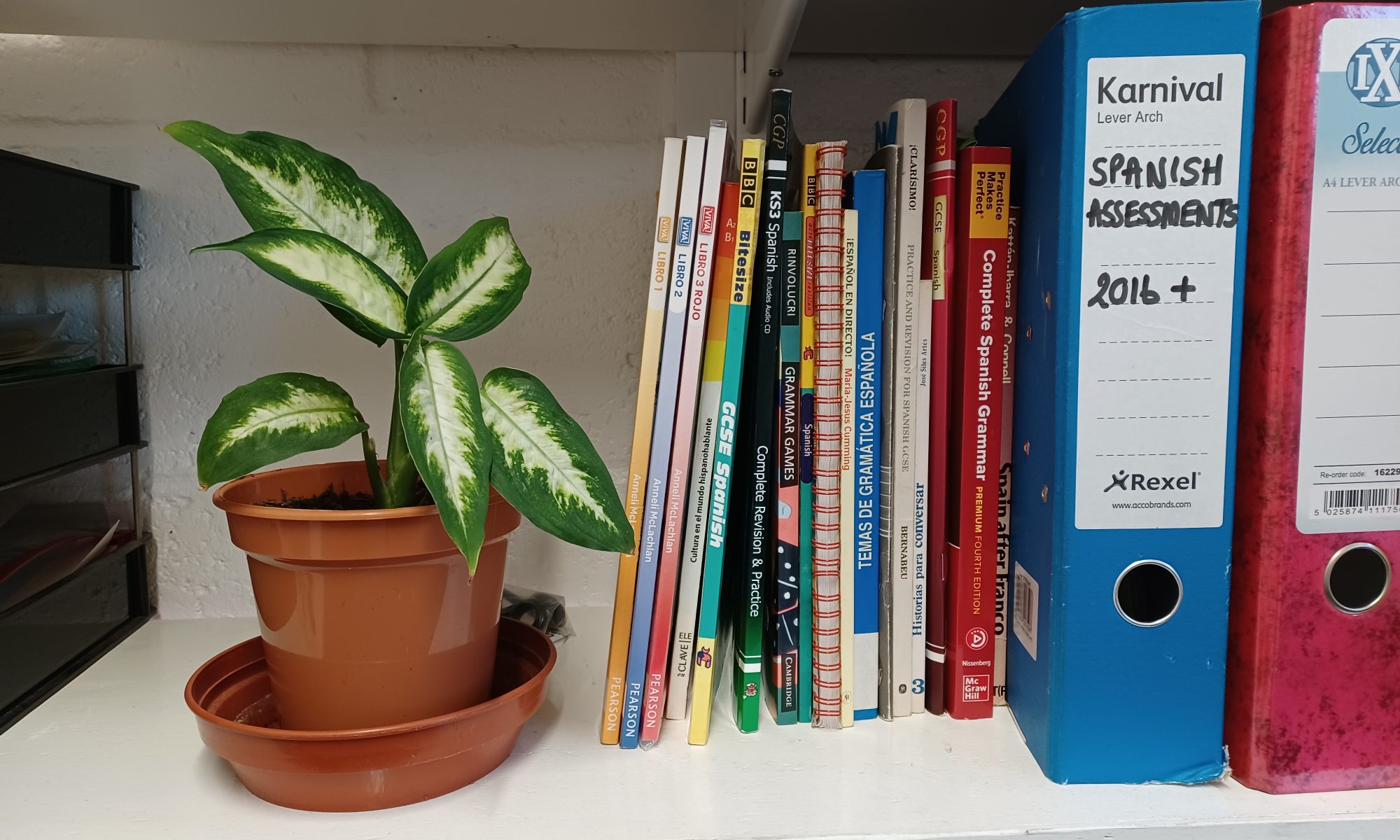
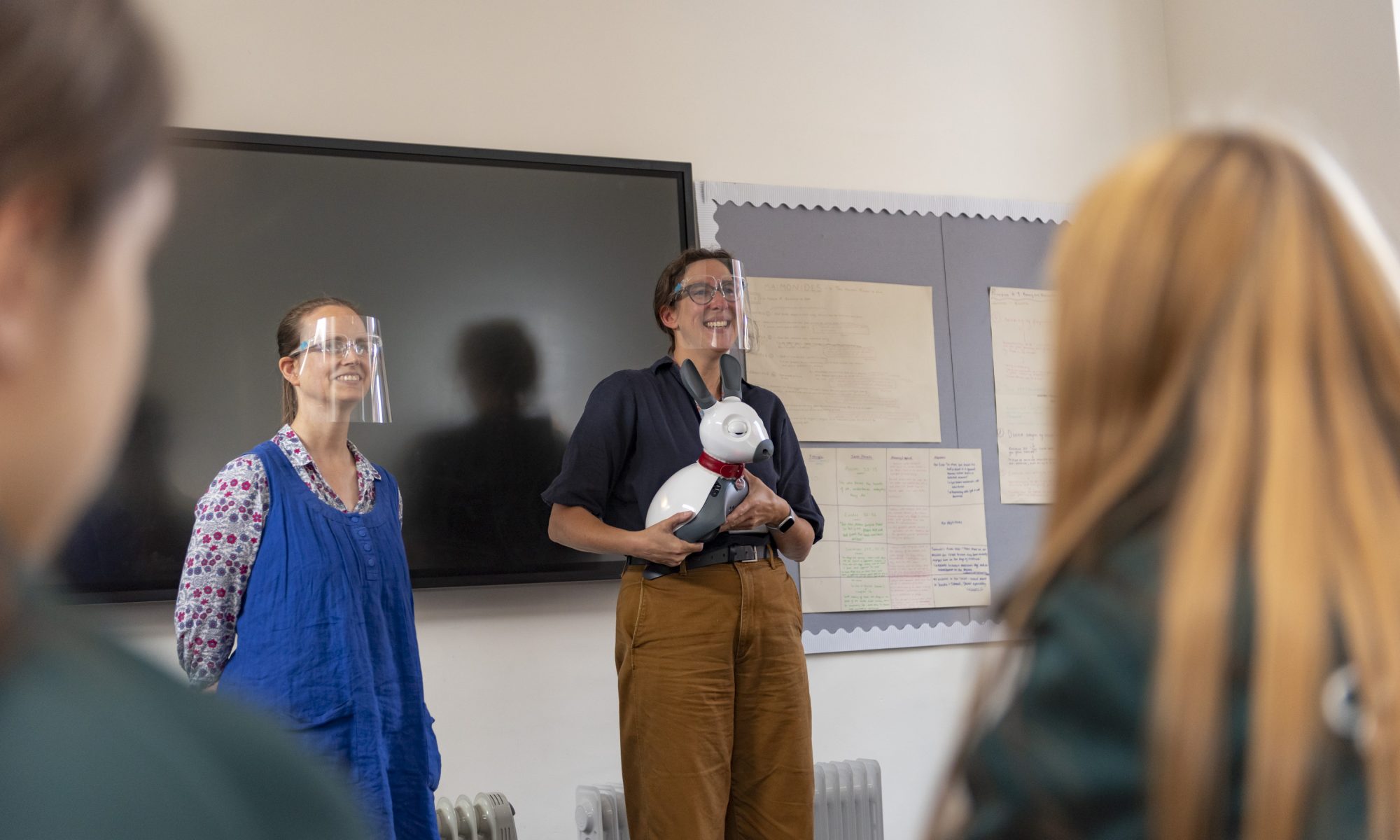
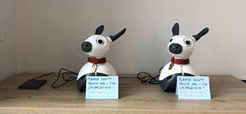
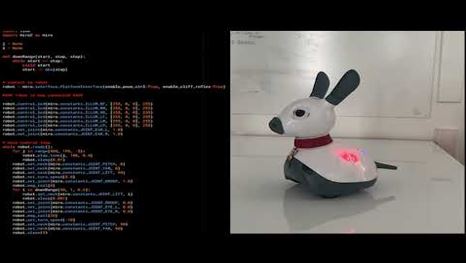
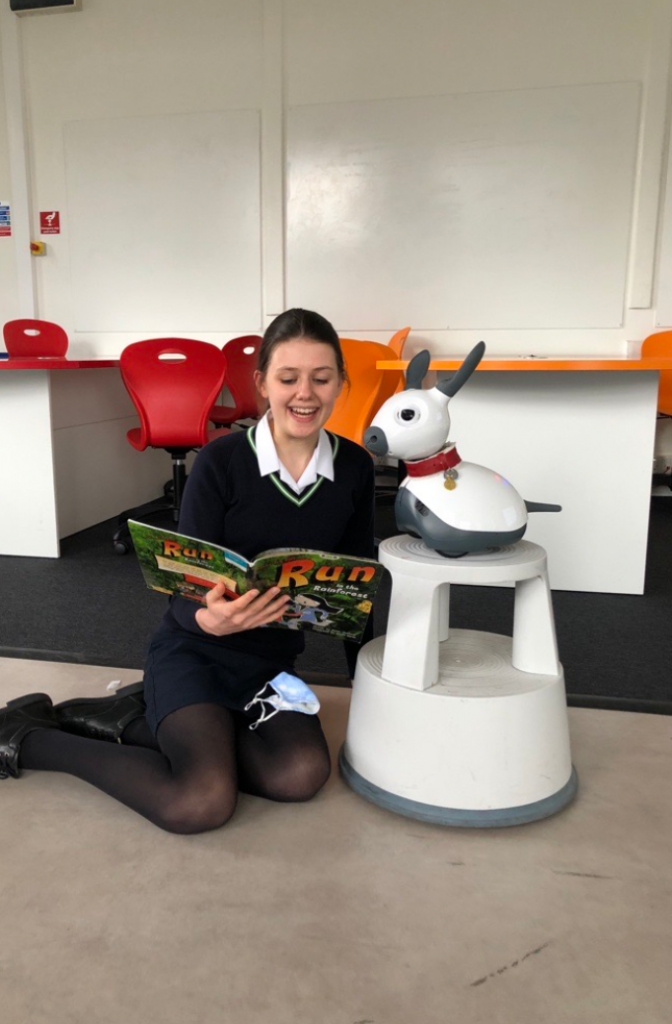
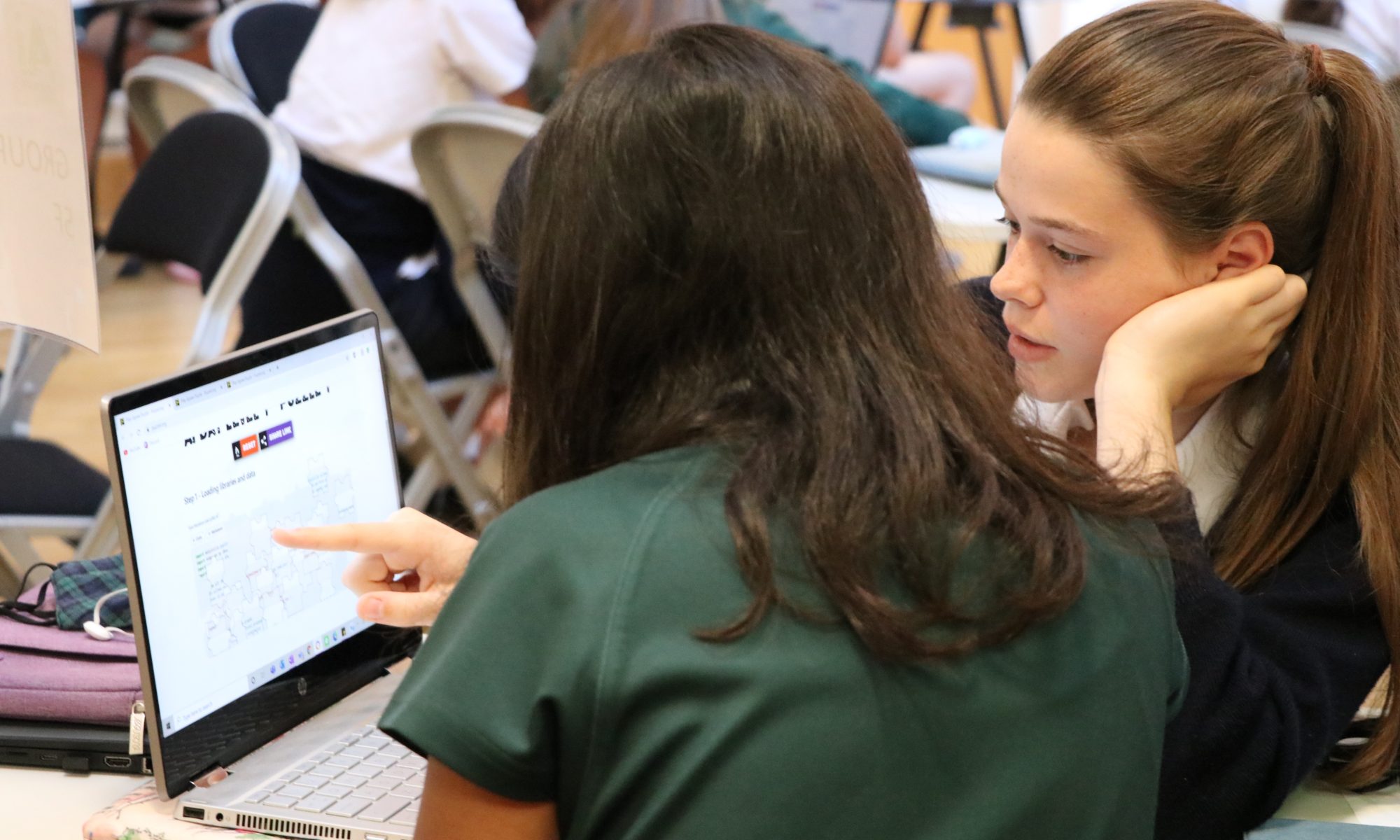
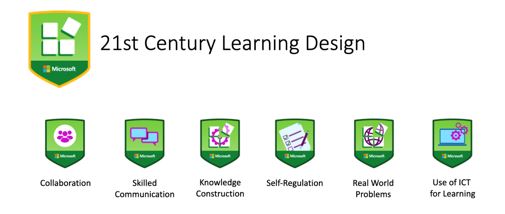
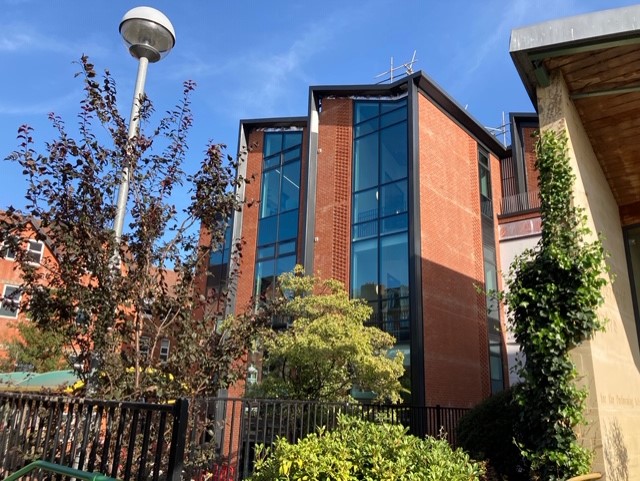
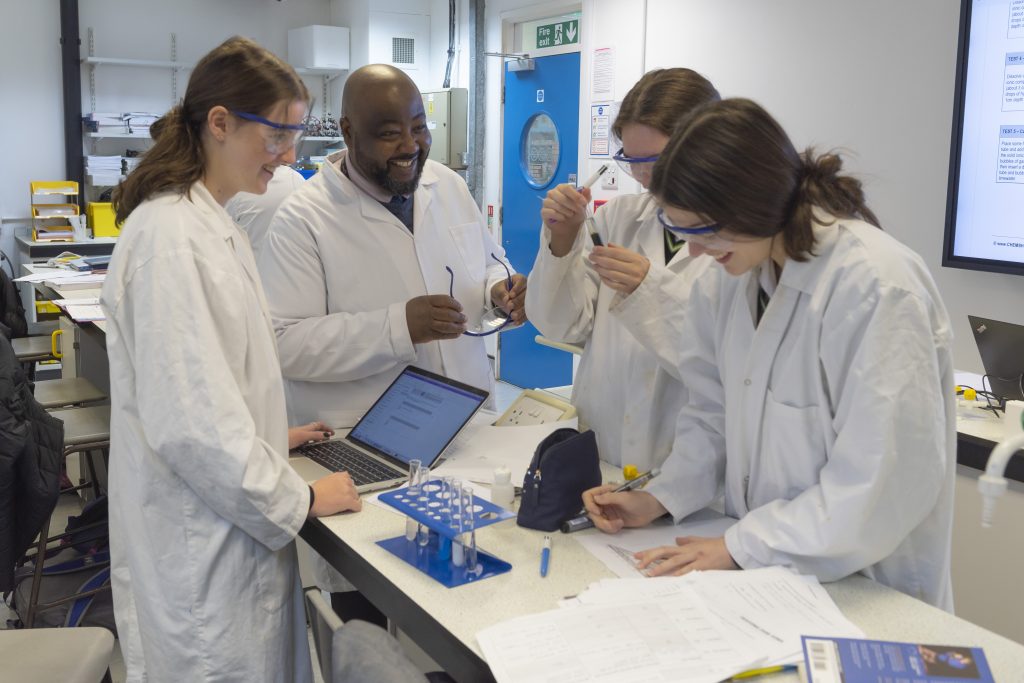
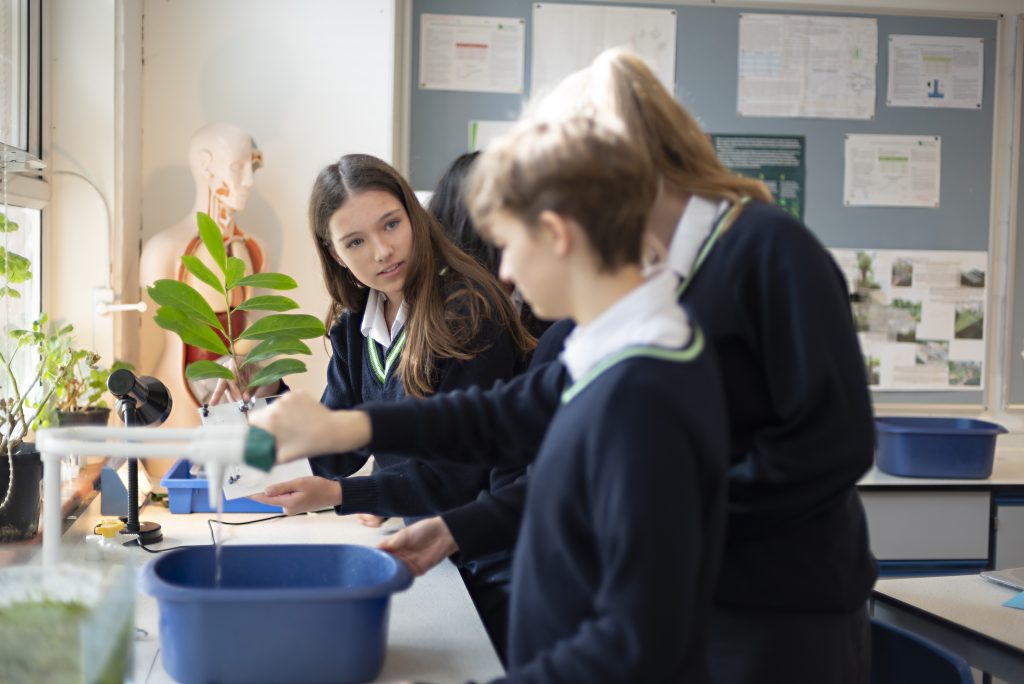
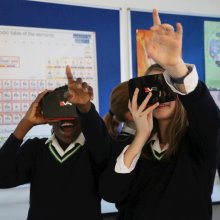

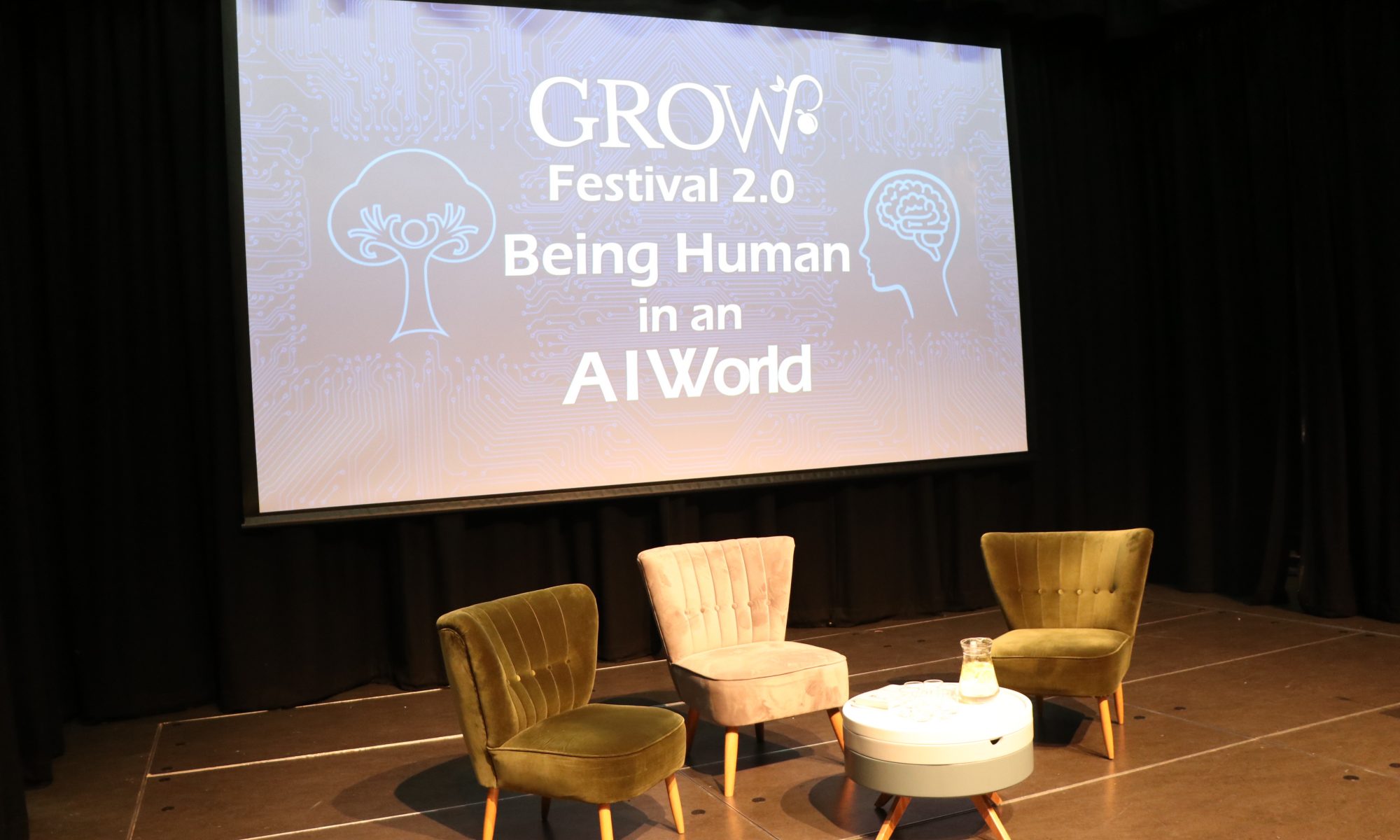
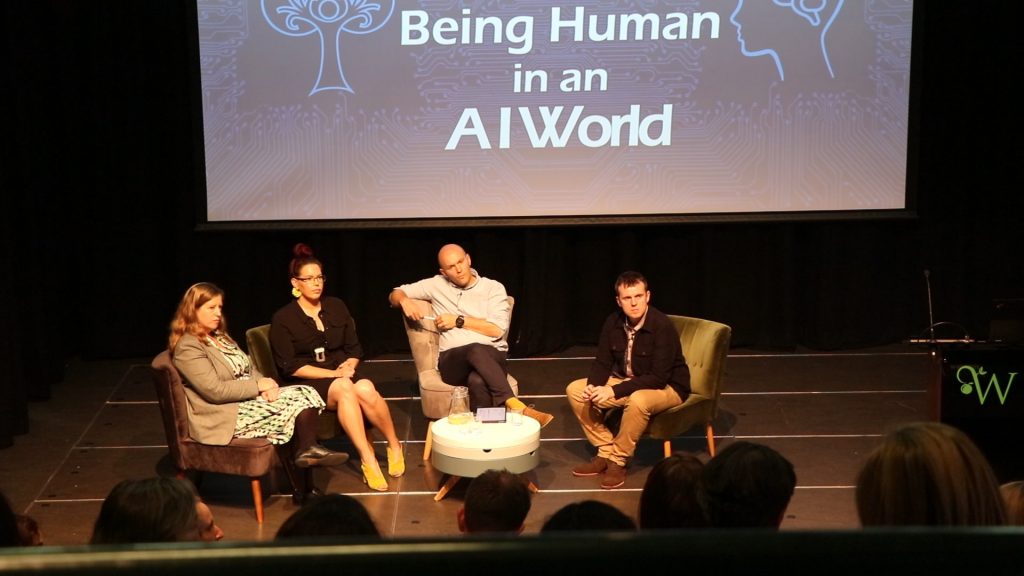
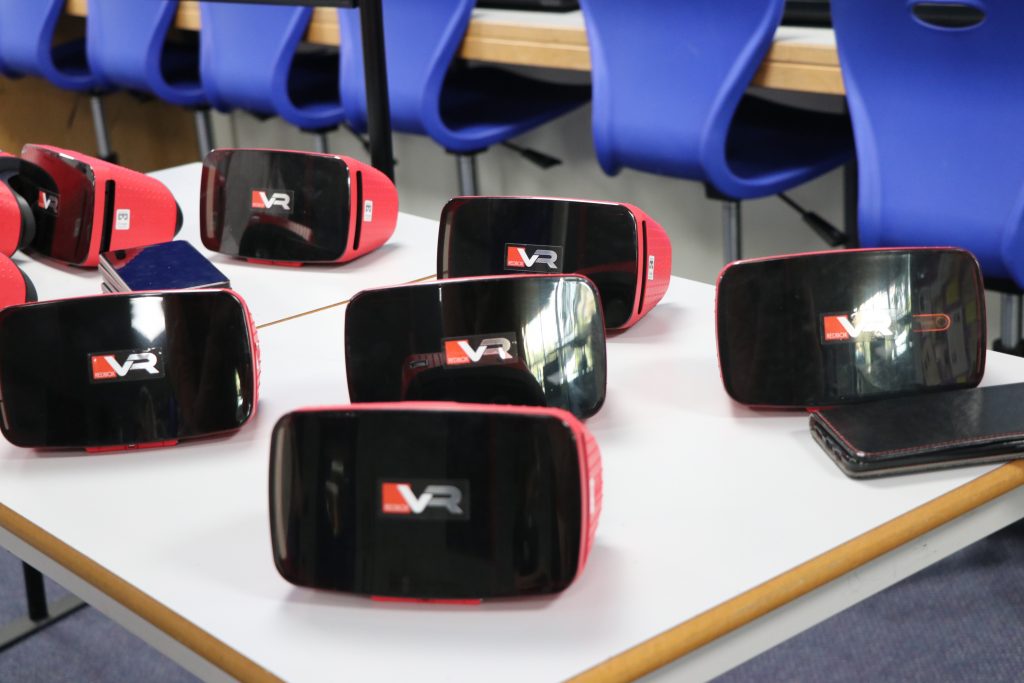

 However, some people think that cities face a choice of building up or building out. Asserting that there’s nothing wrong with a tall building if it gives back more than it receives from the city. An example of a building succeeding to achieve this is the £435 million Shard, which massively attracted redevelopment to the London Bridge area. So, is this a way for London to meet rising demand to accommodate growing numbers of residents and workers?
However, some people think that cities face a choice of building up or building out. Asserting that there’s nothing wrong with a tall building if it gives back more than it receives from the city. An example of a building succeeding to achieve this is the £435 million Shard, which massively attracted redevelopment to the London Bridge area. So, is this a way for London to meet rising demand to accommodate growing numbers of residents and workers?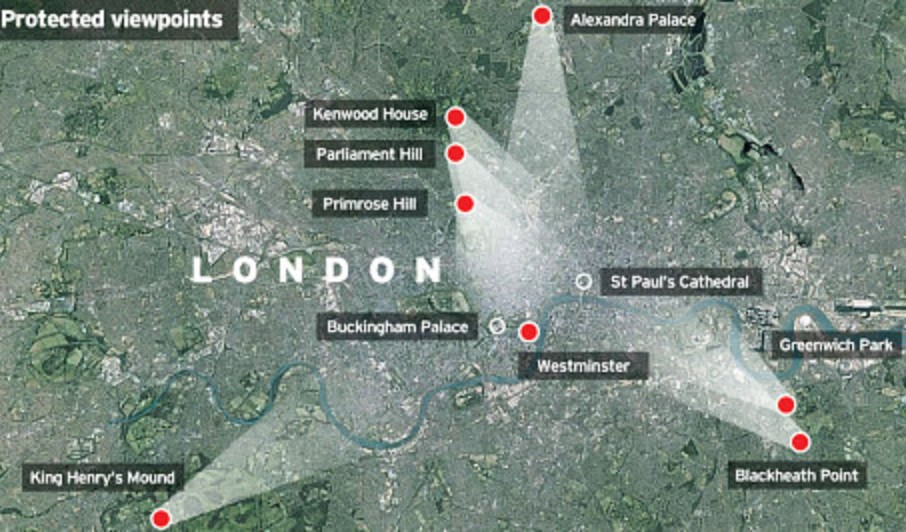

 As the lessons progressed, I started enjoying this method of teaching as it allowed me to understand not only how each formula and rule had come to be, but also how to derive them and prove them myself – something which I find incredibly satisfying. I also particularly like the fact that a specific problem set will test me on many topics. This means that I am constantly practising every topic and so am less likely to forget it. Also, if I get stuck, I can easily move on to the next question.
As the lessons progressed, I started enjoying this method of teaching as it allowed me to understand not only how each formula and rule had come to be, but also how to derive them and prove them myself – something which I find incredibly satisfying. I also particularly like the fact that a specific problem set will test me on many topics. This means that I am constantly practising every topic and so am less likely to forget it. Also, if I get stuck, I can easily move on to the next question.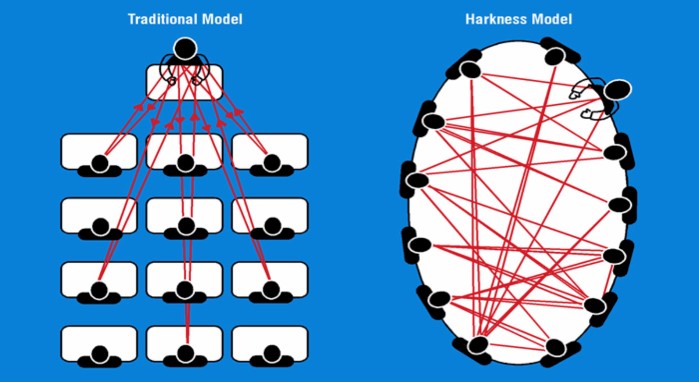 Moreover, I very much enjoyed seeing how other people completed the questions as they would often have other methods, which I found far easier than the way I had used. The other benefit of the lesson being in more like a discussion is that it has often felt like having multiple teachers as my fellow class member have all been able to explain the topics to me. I have found this very useful as I am in a small class of only five however, I certainly think that the method would not work as well in larger classes.
Moreover, I very much enjoyed seeing how other people completed the questions as they would often have other methods, which I found far easier than the way I had used. The other benefit of the lesson being in more like a discussion is that it has often felt like having multiple teachers as my fellow class member have all been able to explain the topics to me. I have found this very useful as I am in a small class of only five however, I certainly think that the method would not work as well in larger classes.